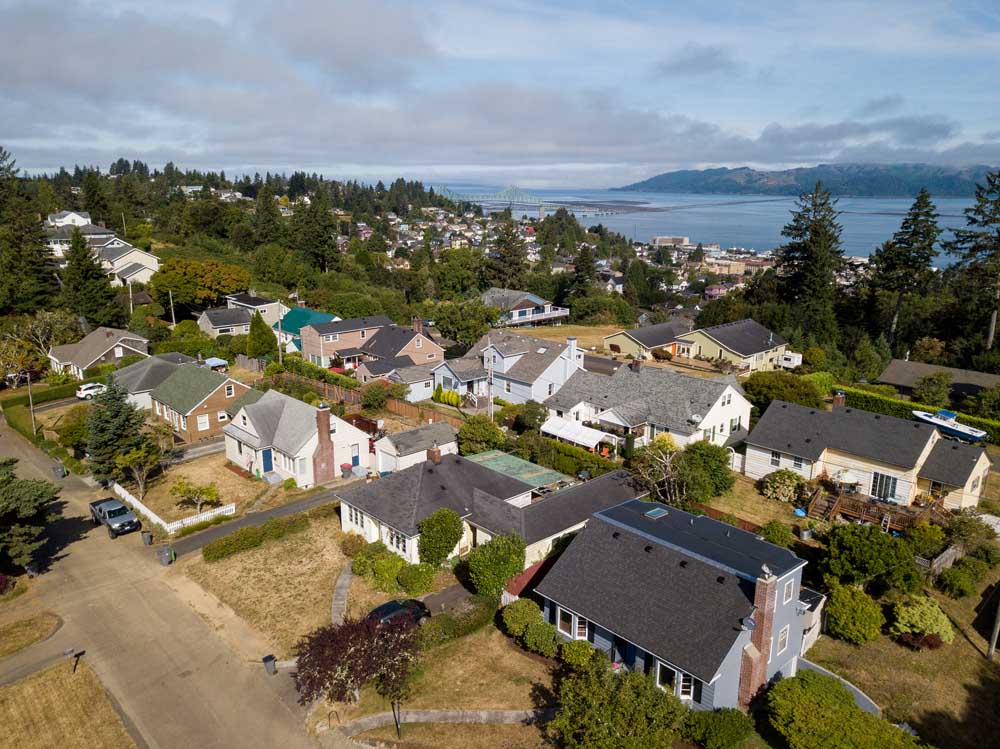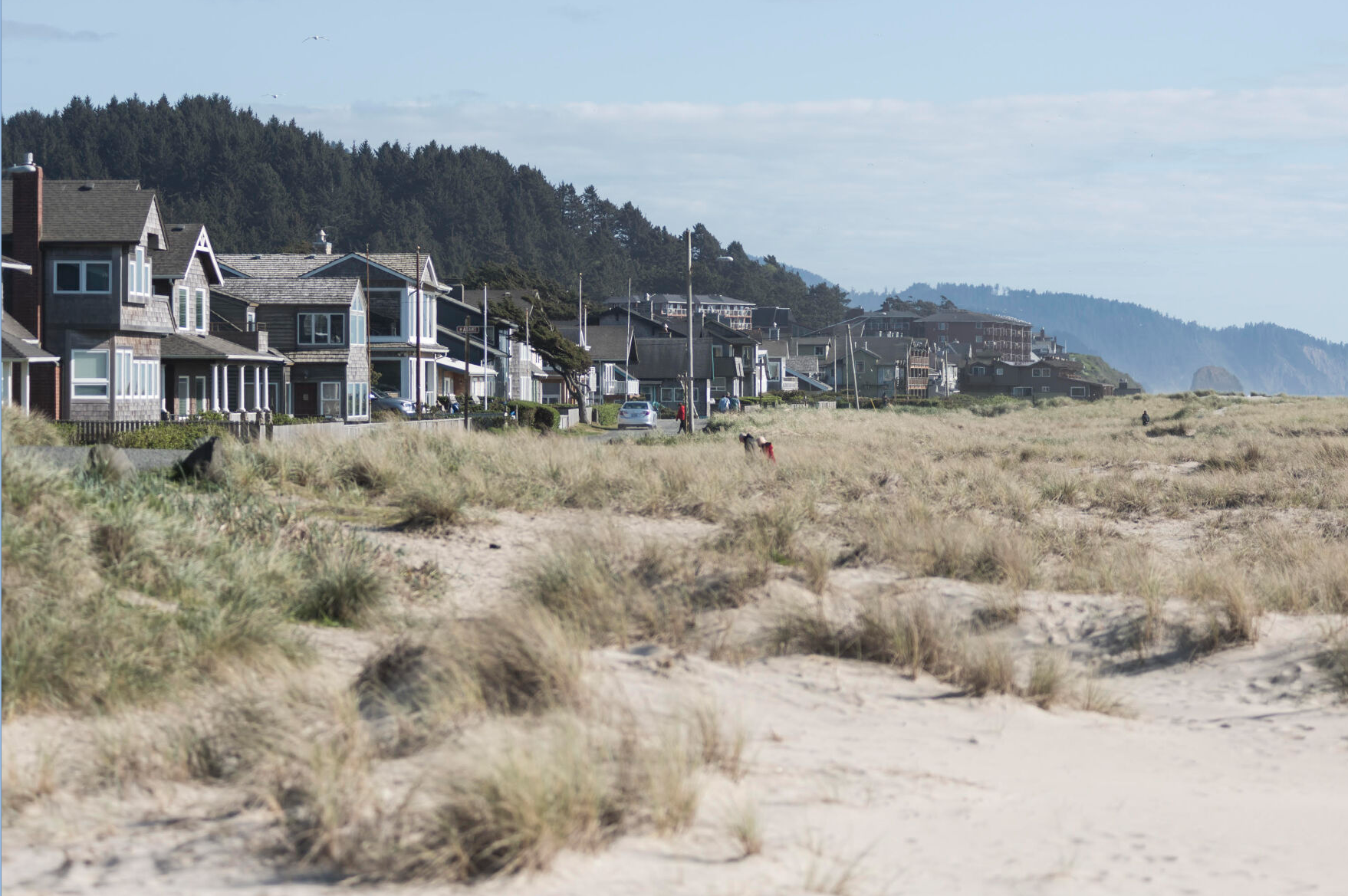Our View: Housing crunch coming to a boil
Published 12:30 am Thursday, May 6, 2021

- Housing has become a dominant issue on the coast.
The biggest surprise about our regional housing shortage is that it took so long to fully materialize.
Trending
There have been signs before now. For decades, places like Cannon Beach have grown increasingly out of reach for wage earners. Employers there depend on workers’ ability to commute from similar — but lower priced — surrounding communities. Lagging in prestige and lacking views of dramatic Haystack Rock, these towns had relatively affordable places to buy or rent. This was particularly true north of the Columbia, where an ocean-view building site might be found for a quarter the cost of one in Cannon Beach or Gearhart.
Thirty years ago, it was obvious to a newcomer from Seattle or Portland that the scenery, saltwater access, lifestyles, local food and other assets of towns from Ocean Park to Warrenton and Astoria were magnets that would inevitably attract enormous interest on the increasingly crowded West Coast. Driven by construction of vacation housing, the number of dwellings swelled even while the full-time population count crept up more slowly. The scarcity of good-paying local jobs and a multihour commute to the I-5 corridor kept a lid on.
But the Columbia-Pacific housing market has become unmoored from the local economy — and the “local” economy has expanded to include many who can live here and make or bring money from elsewhere. Kicked into high gear by a year of pandemic and urban social unrest, the coast is one of many places feeling the effects of an accelerating recalibration of where it feels possible to live. Partly because of limited housing stock, Clatsop and Pacific counties still represent only a tiny sliver of this trend. But it’s enough to have a big impact.
Trending
Scarcity and rising home prices drive rentals off the market, especially after a year when eviction for nonpayment of rent was barred as a humanitarian measure during the pandemic. Construction isn’t keeping up with demand for single- or multifamily housing.
Has the time arrived when someone who grew up here can’t afford to live here?
Those without a foot in the door in the form of already owning a starter house or significant family help are hard-pressed to join the ranks of real estate owners. This could change without policy interventions. The winding-down of the COVID crisis could bring foreclosed vacation homes on the residential market, for example. Market forces could eventually allow investors to see the need for new apartment and condo construction.
Considering the ups and downs of real estate, some question the American fascination with owning your home. There’s something to be said for turning more social and political attention to making sure that people like our Coast Guardsmen, seafood and hospitality workers have clean, safe rental housing they can afford throughout our seasonal economic fluctuations. Federal and state tax policies should be designed to encourage rural apartment investment, with municipal and county zoning rules adjusted to match this priority. The Pacific Northwest’s charitable foundations should find opportunities to help.
With the Washington Post reporting “more than 8 million rental properties across the country are behind on payments by an average of $5,600,” every level of society needs to prepare for an unprecedented period of housing insecurity whenever rent forbearances are finally allowed to expire. While evictions will free up some rentals for tenants able and willing to pay, there will be real suffering on the part of those squeezed out. Their housing needs will have to be addressed, somehow.
There are no quick answers to any of this. At our local level, all high schools should have robust vocational programs to train young people in the building trades — high-paying jobs that will be in demand for many years to come. Utility fees need to be structured in ways that recapture costs without discouraging development. Cluster housing and other innovative strategies must be used to increase the utilization of residential land in ways that continue to preserve the environmental values that make our area so attractive.
We can no longer assume that up-and-down cycles will result in enough housing for those who are genuinely committed to long-term living here. This coast is filling up and the days of surplus housing just might be over forever.









